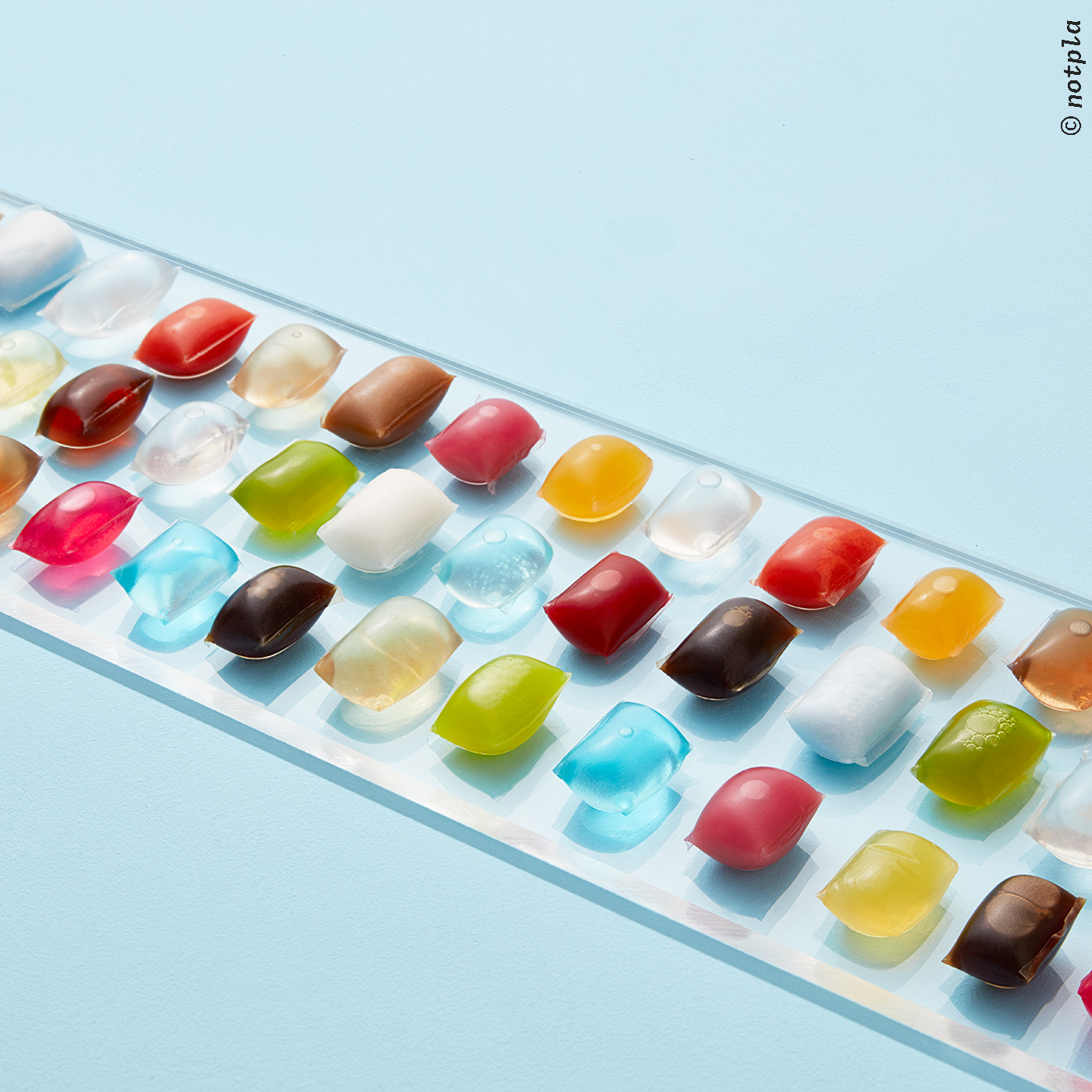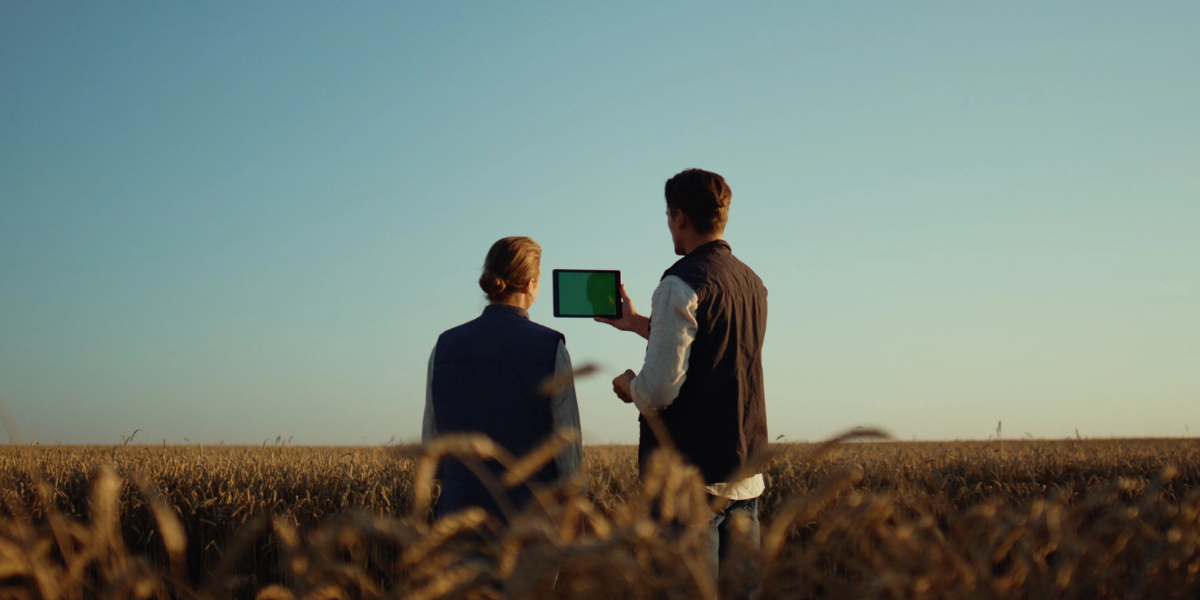In 2024 we saw the rise of hot honey, the return of the sandwich and the AI food boom. But what lies ahead in 2025? Here are our food trend predictions for the coming year.
It’s been another interesting year for the food industry. The impending arrival of EUDR has polarised opinion and led to an industry-wide battle between those wanting it rolled out now and those opting for later (with the latter camp currently winning).
Unpredictable and extreme weather conditions have continued to cause supply chain issues from olive oil to chocolate, leading to price spikes and a 250% price rise in cocoa year on year.
But as national economies finally step back from the brink of recession, their citizens have been left to escalating costs and grocery prices that continue to rise, just at a slightly slower pace.
The result has been a slightly more conservative approach to investment in NPD, with Mintel’s 2025 global food and drink trends report noting that only “37% of global food and drink launches were classified as ‘new products’ in 2023, compared to 50% in 2007”.
So how are all these factors affecting consumer behaviours, appetites and industry innovation? The answer is in a number of ways.
The rise of affordable indulgence
Perhaps the most notable change is the consumer shift towards budget-friendly luxuries, as households look to conserve funds and splash out more economically – in the home.
This is having a massive impact on the restaurant market. In Ireland alone, 600 restaurants have closed in the last year. The US sit-down chain sector is also experiencing problems, with the latest victim, T.G.I Fridays, filing for bankruptcy in November.

Consumers are sating these appetites for affordable indulgences luxuries by splashing out on their grocery spend. An early winner here has been Tesco, who launched their Finest Steakhouse range in October, complete with 23 products, wine pairings and chef’s tips on how to achieve the best results.
Tesco group brand director, Matt Kay, told The Grocer in October, “Our customers love finding ways to treat themselves at home and Tesco Finest showcases our best quality ingredients, pulled together by our expert teams and suppliers to create something truly special.”
Elsewhere, the Rockfish group has developed the award-winning virtual fishmonger concept. Designed to encourage shorter more transparent supply chains while still servicing consumer appetites, the restaurant group offers shoppers the opportunity to order restaurant-fresh fish on their way home, which is then delivered to their doorstep.

This spending shift exists beyond the obvious older affluent consumer demographic. Gen Z also wants its cult items, such as fan-favourite bubble tea, to be available at a more manageable price point at home.

Gen Z consumers are a young, evolving market that adopts quickly and is open to innovation. There are currently 10,297 bubble tea stores in the US alone (an increase of 7.70% from 2023) - with the average store age less than 4 years and 1,071 already on TikTok. If consumers follow the product out of tea stores and into the supermarket, this will have an impact on this burgeoning sector.
A beverage boost
The beverage sector is always fun and experimental, but it feels like a particularly innovative space right now. The alcoholic RTD market has been on an upward trajectory for some time, as has the energy drink area. But now functional wellness brands like Acti+ are joining the energy drink market to give consumer a natural boost. Expect to see a wave of new names in this exciting market space.

In adventurous markets like Australia we’re also observing the emergence of mini trends. While the lo-and no-alcohol market continues to boom here, we’ll be watching another beverage area more closely - the high alcohol sector.
While not a new market, it has previously been dominated by spirits. This is changing as brands such as winemaker Mullet position themselves as an irreverent choice in a serious wine sector.
Cutting-edge coffee
Another beverage driving innovation is coffee. A crop that hasn’t had the best year, with extreme weather pushing up prices, it is still a key ingredient for several of the emerging micro trends we’ve identified for 2025.
The first is texture in beverages. Building on the popularity of bubble tea, French brand L’Or has introduced their limited-edition L’Or Coffee Popping Pearls in Australia to test interest in the product.

“We’re thrilled to be pioneers, bringing real coffee into popping pearls, blending the worlds of coffee and bubble tea in an innovative way. It makes coffee, yoghurt, ice cream, cocktails, desserts, etc, so much more exciting and surprising,” Virginia Marsh L’or marketing director for Australia told FMCG.
The second mini trend is around using AI to build more resilient crops. Coffee is the second most popular drink in the world, but its crops – especially Arabica, which makes up 70% of the world’s coffee supply – have been suffering.
To combat this, Nestle has developed Star 4, the company’s new Arabica coffee variety, which is designed to be climate resistant. And they are not alone. Starbucks is also working on climate-resilient arabica varieties.
Unlike the genetically engineered crops of the 90s, the drive here is to reduce carbon emissions, as coffee is one of the highest-emitting foods in the world. Other coffee-focused innovations include some start-ups attempting to replicate the taste of coffee without the environmental impact.
A drive towards recycling at home
Beverages are also key to our fourth 2025 trend – a push towards more sustainable packaging. Coffee packaging has led the way in this area over the last couple of years, but now we see it take a step back, as major innovations emerge in the bottling space.

Absolut is among the brands working on recyclable paper bottles with Frugalpac, who launched their original prototype in 2020. Now 45 brands in 25 countries use the design, with the vodka giant piloting their version in the UK market.
Paper isn’t the only innovation in this area. Aldi has launched its own flat recycled PET wine bottles, which are purported to be nearly seven times lighter than glass. While Abel & Cole have developed refillable plastic milk bottles, a project which was three years in the making.

In the main packaging space their are impressive sustainable alternatives being produced in fruit and veg. Frozen food company Pack’d has developed paper freezer bags for their products, while Berryworld has produced 100% recycled plastic punnets for their berries.
The next big things: looking ahead to 2026
The menopause market: currently this is mainly a supplement market, but brands like Mena have understood the interest in this sector and it won’t be long before the big brands join them.
The pizza sandwich: A big foodtok trend for a while, we expect to see this reach the high street by 2026.

Black lime food flavouring: Tart, tangy and a little sweet, black lime is already a popular Middle Eastern food ingredient. Expect it to see it reach retailer recipes soon.
Pine beverage flavouring: Aromatic and clean this is one for the cocktail market.
HFSS-influenced snack recipes: brands are reformulating old favourites as well as thinking out of the box to develop new snack alternatives that are healthier and HFSS compliant.
At Foods Connected we understand the importance of managing the lifecycle of your products whether they are in development or long-established items that need to be managed. That's why we've developed our Product Lifecycle Management solution. Find out more about it below...
.jpg)
Greer McNally
Greer has over 15 years’ experience writing about trends in the food and retail sectors. She lives in a little village by the sea in Northern Ireland and loves creating content that informs how people think about the food industry. A recent career highlight was interviewing the legend that is Dr Temple Grandin.
Stay up to date
Stay up to date
Browse Posts
- December 2025
- November 2025
- October 2025
- September 2025
- August 2025
- July 2025
- June 2025
- May 2025
- April 2025
- March 2025
- February 2025
- January 2025
- December 2024
- November 2024
- October 2024
- September 2024
- August 2024
- July 2024
- June 2024
- May 2024
- April 2024
- March 2024
- February 2024
- January 2024
- December 2023
- November 2023
- October 2023
- September 2023
- August 2023
- July 2023
- June 2023
- May 2023
- April 2023
- March 2023
- December 2022
- November 2022
- October 2022
- September 2022
- August 2022
- July 2022
- June 2022
- May 2022
- April 2022
- March 2022
- February 2022
- January 2022
- December 2021
- November 2021
- October 2021
- August 2021
/Blog%20Headers/LOR-Iced-Bubble-Latte-Glass-Cup-Horizontal-750x500.jpg)

/Blog%20Headers/shutterstock_1927957907%20(1).jpg)
/Blog%20Headers/shutterstock_1845178195%20(2).jpg)
/Blog%20Headers/shutterstock_2473376713.jpg)
/Blog%20Headers/shutterstock_2133827717%20(1).jpg)
/Blog%20Headers/shutterstock_2247276303.jpg)
.png)
.png)



/Blog%20Headers/Digital%20Food%20safety%20management%20system.jpg)
/Blog%20Headers/The%20FSMA%20204%20Final%20Rule%20on%20Pre-Harvest%20Agricultural%20Water%20how%20will%20it%20affect%20your%20business.jpg)
/Blog%20Headers/shutterstock_2469356249.jpg)
.png)

/Blog%20Headers/shutterstock_2474442759.jpg)